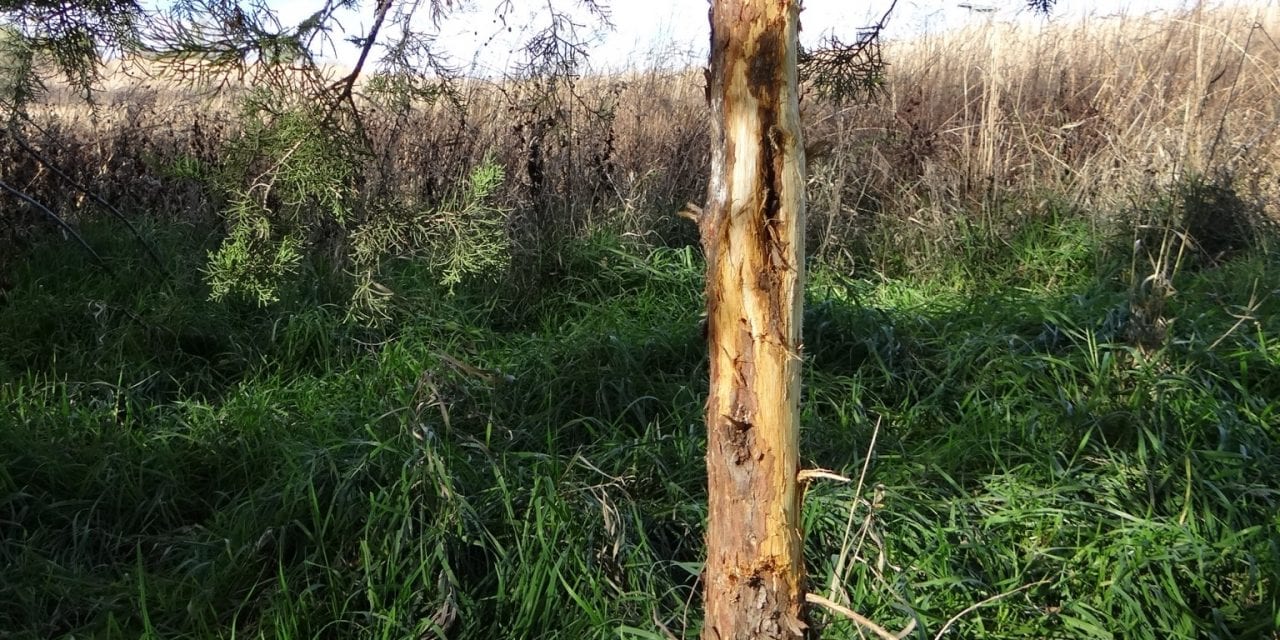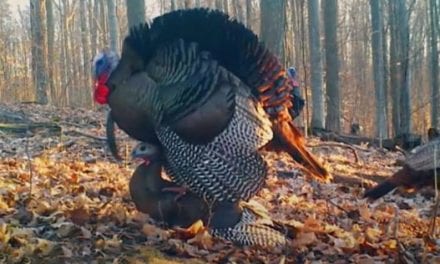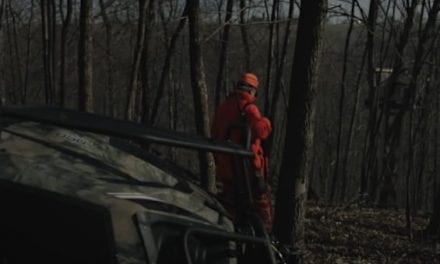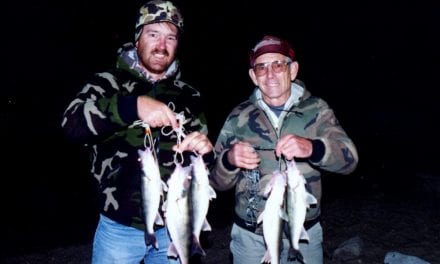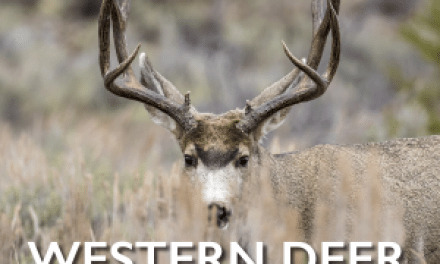It’s a magical time of year, really. As daylight wanes, the temperature begins to drop, frost appears on the pumpkin, leaves turn color and start toppling to the ground, and experienced bowhunters know the deer rut is beginning.
Buck rubs on trees and scrapes on the ground are apparent.
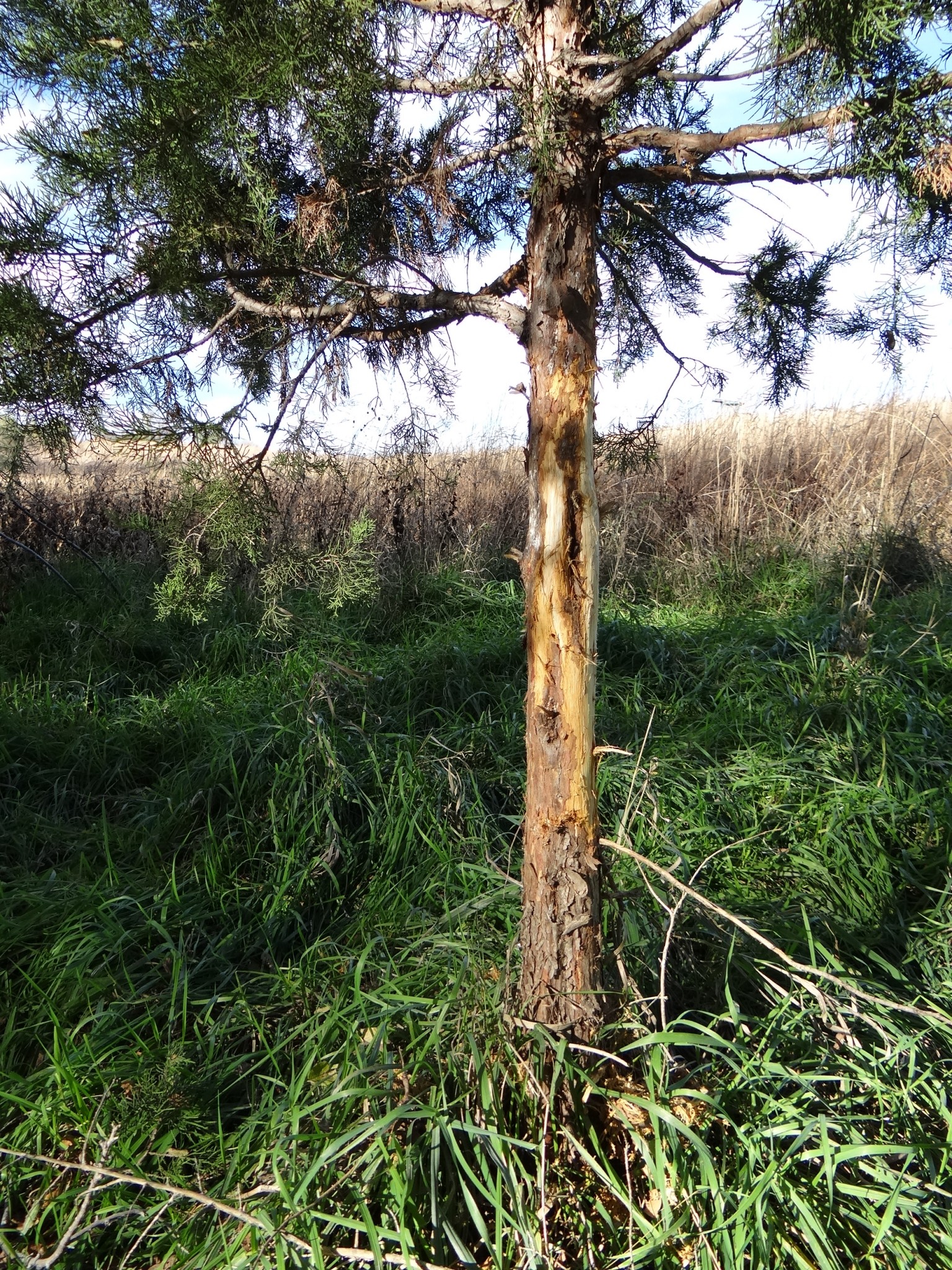
Deer movement is picking up and the bowhunter’s excitement is intensifying.
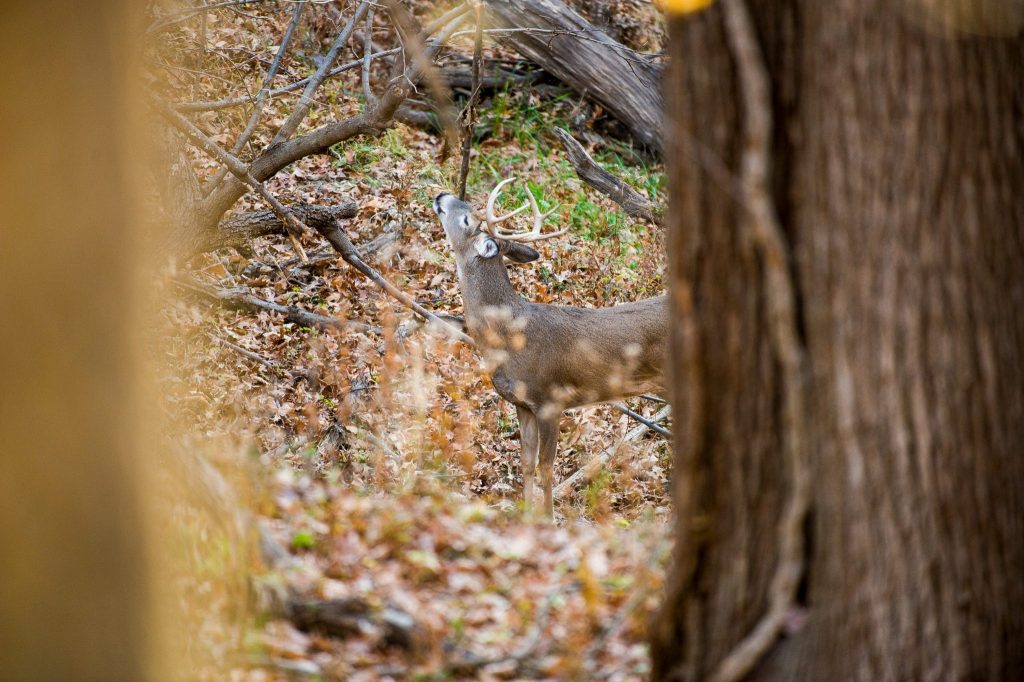
The timeless tradition of waking up well before dawn compiling gear and walking to deer stands and blinds in the cold darkness of early morning hours is upon us.
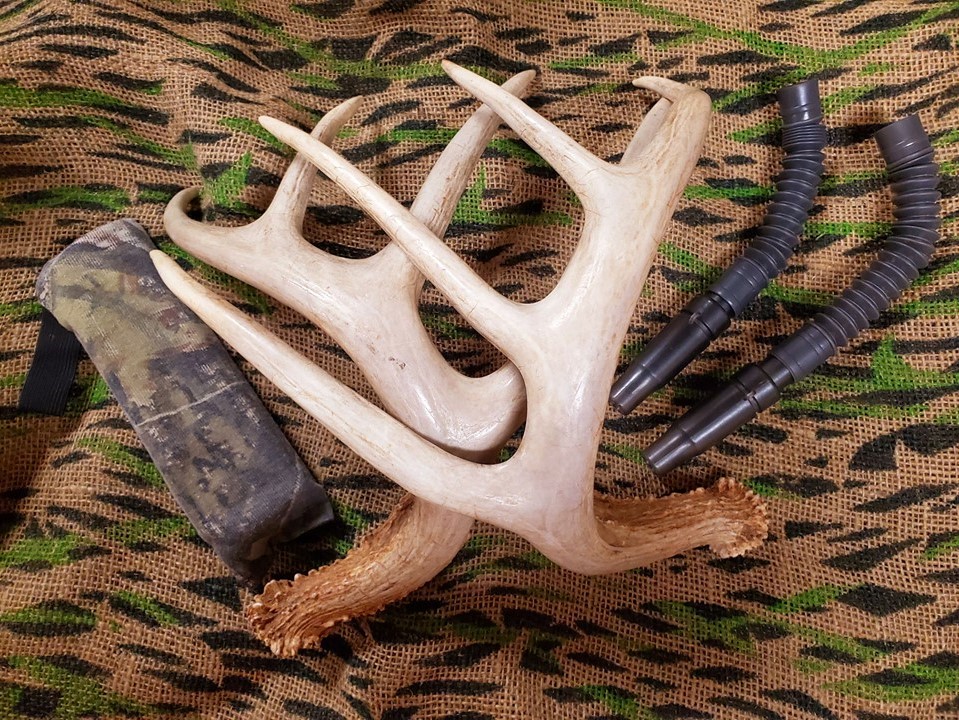
So, with the deer breeding period kicking off, bowhunters need to be on their game and take advantage of tactics to lure a nice buck or a doe to within shooting range.
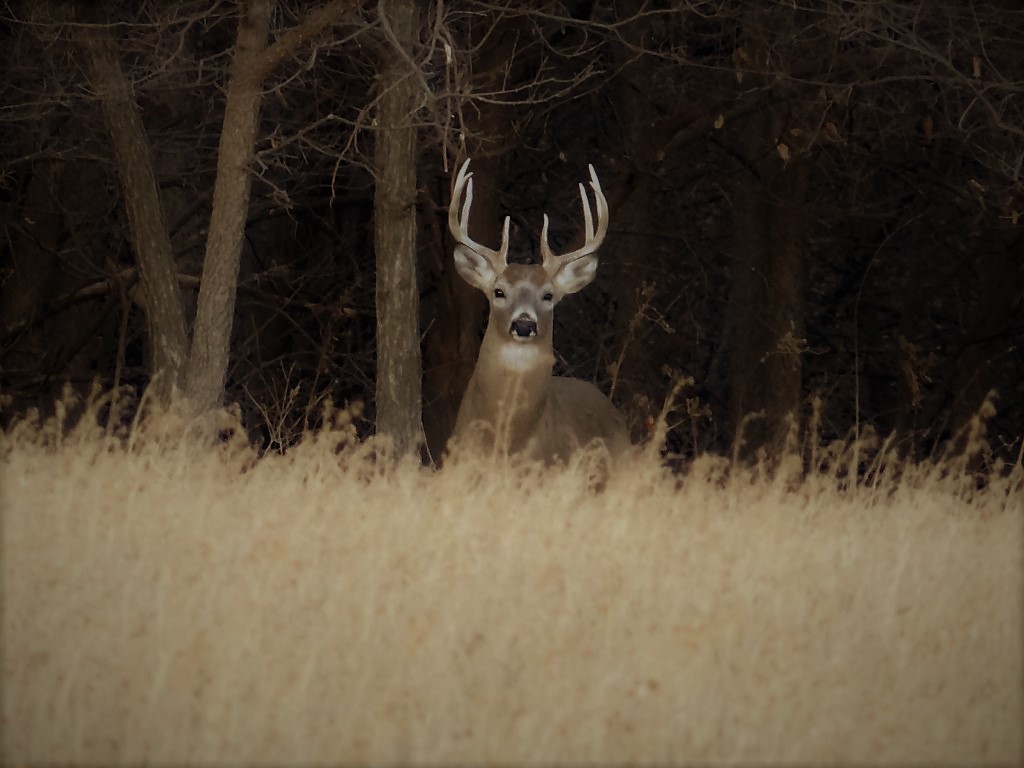
Below are ten tips compiled from Jeff Rawlinson and Aaron Hershberger, Nebraska Game and Parks Commission outdoor education specialists and Dusty Schelbitzki, Nebraska Game and Parks Commission Southeast District Wildlife Manager/Biologist. These individuals blend science backgrounds with many years of archery deer hunting knowledge.
The tips should help make the most of your deer hunting adventure during the rut with your bow.
1 Stay on Stand. As difficult as it may be, this is the time of year for sitting on the stand or being in a blind all day, or at least for as long as you can. That’s because deer could be moving at any time chasing does, sparring with other bucks or being bumped by farmers harvesting their crops or even by hunters on neighboring properties. Bring a bottle of water, lunch and snacks and then sit as comfortably as possible and wait. Bring your iPhone or Android device with the sound off to periodically look through it, take some cool nature pics with it and let your family and friends know that you are deer hunting on social media sites with it. Oh, and absolutely do not forget your fall-arrest system and haul line if you’re hunting from an elevated position – a tree stand.
2 A Confident State of Mind. Confident hunters just know that a mature buck or doe will peak its head around the corner of a game trail or appear on along a field edge at any minute. Confident hunters think positive thoughts! Confident hunters are also safe, ethical, patient, alert, adaptable to change and ready to shoot but not to take a chance shot. Confident hunters know their sharp broadheads will effectively and cleanly connect. If nothing else, have the confidence to keep going, even when things are not going your way!
3 Make Noise: Rattle! Bucks clanking and grinding antlers fight for dominance. They know what that sound means. Bring your rattling antlers and let them know there is a new buck in the area! Real antlers work best (be careful and cut the brow tines off), but artificial ones will do the job, too. Start rattling softly. Some bucks come fast to the sound of rattling antlers while other bucks may take their time on the approach. A few tine clicks could bring in that buck standing about 50 yards away instead of spooking him. As the rut progresses, become more aggressive. Slam those antlers together, work them hard and then pull them apart quickly. This is not fast, empty rattling but choppy bursts of energy. Additionally, try to thrash your antlers on small trees and shrubs to sound like the real deal.
4 Control Abnormal Sounds. This may go without saying but you have very little room for error this time of year. Slamming truck doors, clanging objects on your stand, opening packages of food (this one usually is a struggle for all deer hunters) can all alert bucks to your presence. Take the most efficient path to your treestand or ground blind so as not to bump any deer. Be especially cautious with sound once at your treestand. The metal of the stand often scratches the side of the tree as you climb. Lubricate any squeaky parts with silicone, if possible, and utilize carpet or moleskin to help muffle sounds. Some deer hunters go as far as carrying and utilizing a small fox squirrel shaker call to cover any startling noises they happen to make.
5 Play that Wind. Always critical! You cannot harvest a deer if they smell you long before you see them. Check what the wind direction will be on the day you plan to hunt and then choose a stand or blind location that will allow you to hunt without having your human scent blow into an area deer will likely to show up or be present. Be downwind of any main deer trails, too. If you’re calling or rattling, be able to watch your downwind side as bucks may sneak in from that direction to find you.
6 Scents. Deer are worried the last doe in heat was found yesterday. Fresh doe scent will get the attention of most bucks. Use a fresh, quality doe estrus scent to fool a buck’s nose. Synthetic pre-orbital gland scents can also be effective. Pairing buck and estrus lures at ground level with a pre-orbital gland lure applied to an overhead branch can work well to pique the curiosity of most bucks in the area. Used in combination with scents or lures, creating mock scrapes are also a way to make a mature buck think there is a new guy in town and potentially get him to be a little more active during daylight hours.
7 Scent Control. For a deer hunter, there is no way to eliminate your human odor although you can control it. Showering before the hunt with fragrance-free soaps and shampoos then drying off with an unscented towel, plus using scent-free moisturizers and deodorants all need to be done. Decontaminating hunting clothing and gear by washing, spraying or wiping them with special scent-reducing products must be done. Once cleaned, they should be stored in sealed plastic bags or tubs to keep them that way. Even add some red cedar chips or shavings for added cover scent benefit.
8 Dress for Success. It is hard to “stay on stand” all day if you are shivering cold. Layer your clothing with multiple, proper loose-fitting garments. Have a good pair of well-insulated, waterproof rubber boots. Wear a stocking cap or facemask. Fingerless tactical gloves that have grip on the palms are excellent to wear for bowhunting. Put on the tactical gloves and then put your hands inside of over-sized mittens for warmth. Take insulated coveralls with you to the stand. It is amazing how chilly 45 degrees can feel with a slight breeze blowing all morning! Regarding camouflage clothing, patterns are important, but the main priority is to break up your shape to blend in with your surroundings. You typically want a good contrast in your camouflage. You should also try to pick a pattern that will match the environment that you mainly hunt.
9 Be Vocal, But Don’t Over Do It. It is sometimes advantageous to be vocal when archery deer hunting as well. You need to make the right call though. Work in some assertive grunts near or during the peak of the rut, however, use your grunt tube sparingly. Deer hunters often will call too much. Simple, short contact grunts can be used when you see a buck and need to get his attention. Longer, more aggressive grunts work best for picking a fight. Blind calling with tending grunts and bleats can work as well.
10 Hunting Public Lands On publicly accessible lands, other hunters can be an asset to you pushing deer in your direction. Position yourself along deer escape routes. And, don’t forget about isolated clumps of habitat either. These are excellent spots for a buck to bed with a doe. Remember, where you find does, you’ll find bucks.
11 Find the food. Bowhunting during the rut does revolve around the food sources of deer. Anything from a freshly harvested corn or soybean field corner next to woodlands to an acorn drop along well-used deer trails in an expanse of mature timber could be the so-called “deli for your deer.” Pinpointing food sources of deer may require a speed-scouting mission and the use of game cameras.
12 Take ‘Em Hunting! Share the experience of archery or crossbow deer hunting in Nebraska with a newcomer. As a seasoned hunter, it’s more fun to convey what you know and be a hunting mentor for someone new anyway, isn’t it? Find out how to get involved in our new Take ‘Em Hunting challenge here.
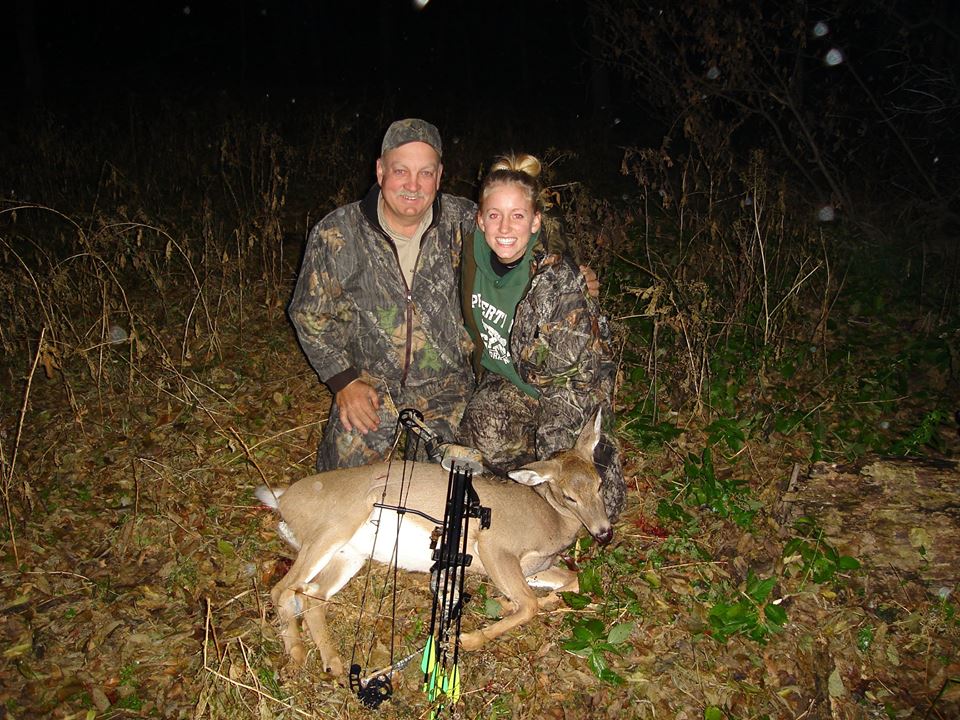
The post Twelve Tips For Archery Deer Hunting During the Rut appeared first on Nebraskaland Magazine.

